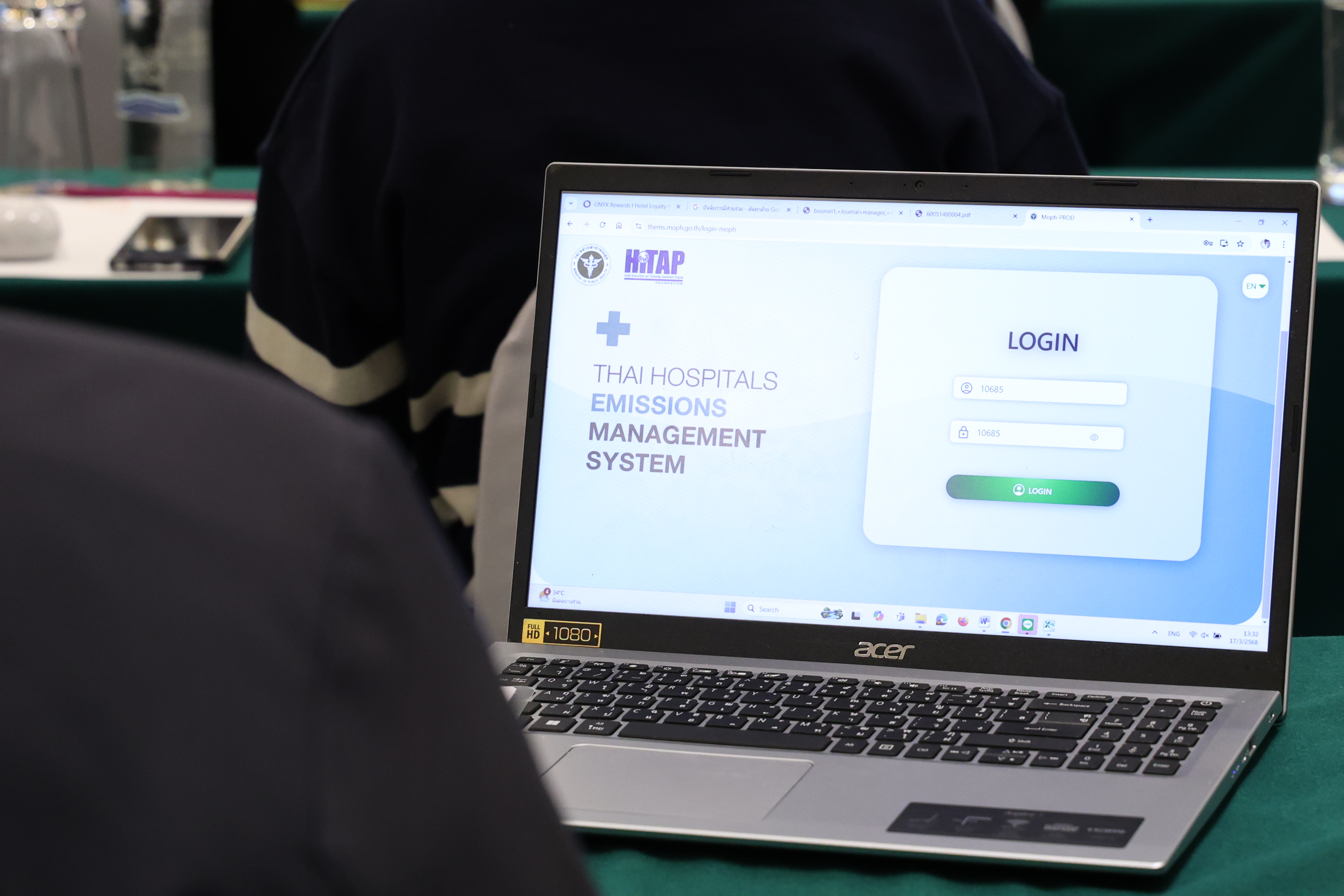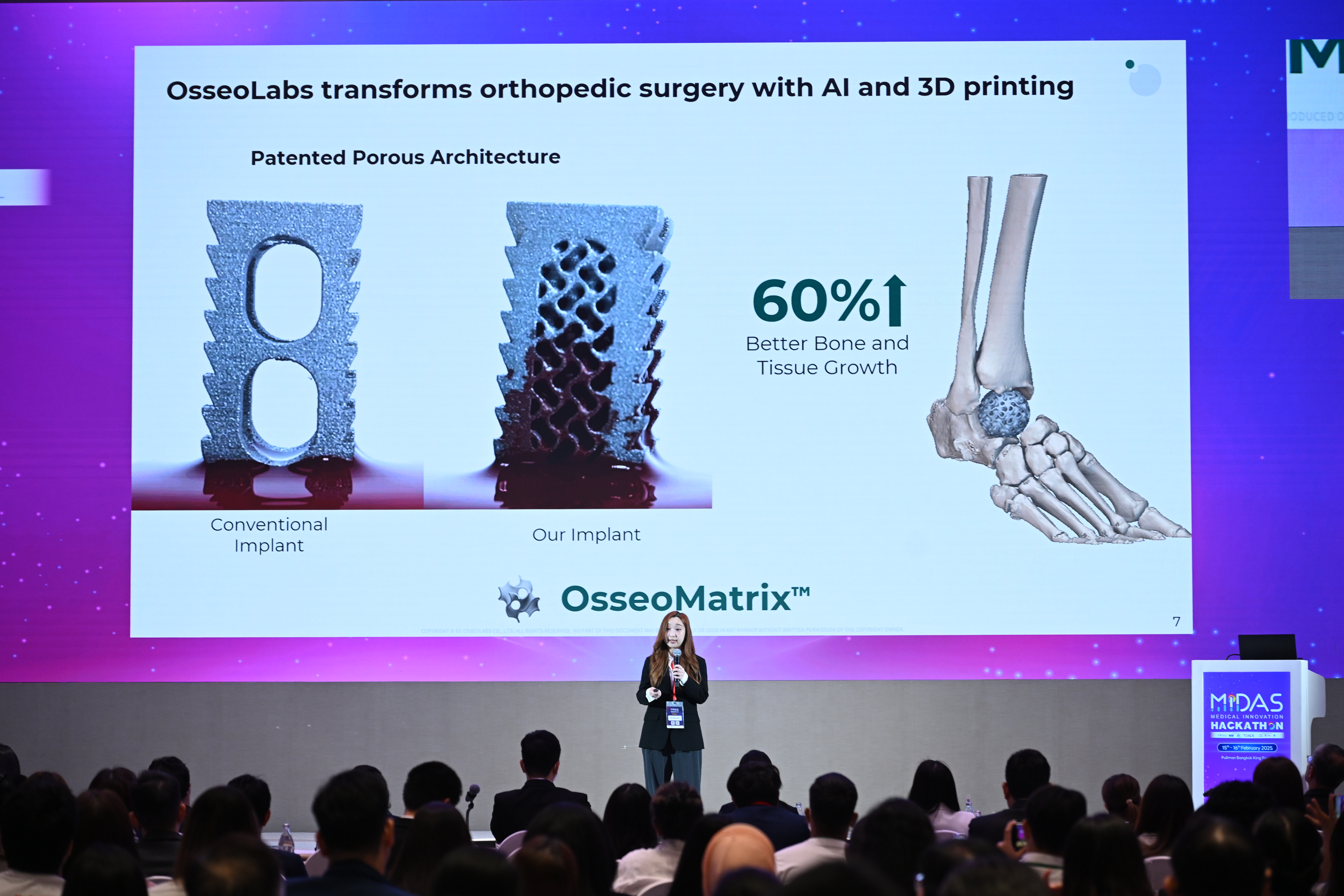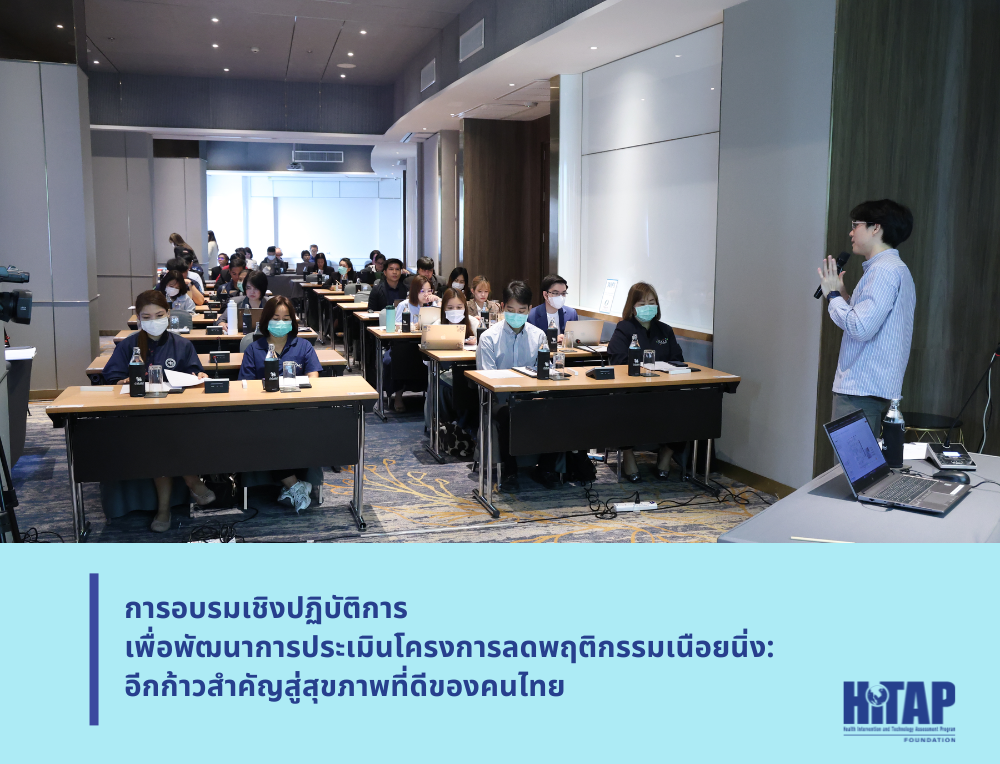One in 10 women who have a baby by caesarean section go on to develop an infection around their scar, which causes them pain and discomfort and forces some to go back into hospital to be treated.
Mothers who are overweight or obese, or those giving birth under the age of 20, are the groups most likely to end up contracting an infection related to their operation, according to new research.
While many of the infections following a caesarean are minor, some are so serious that they affect deep tissues or internal organs, including the lining of the womb. A study of 4,107 women who had a caesarean in one of 14 hospitals in England in 2009 found that 394 of them (9.6%) developed a surgical site infection afterwards. Of those, 348 (88.3%) were classed as “superficial incisional infections”, with the infection only affecting the skin and surface layers.
But 19 (4.8%) were “deep incisional” and affected deeper tissues under the skin while 27 (6.9%) were organ/space infections which affected internal organs and included 25 cases of endometritis, an infection of the womb lining, and two infections of the reproductive tract.
The infection in 23 (5.8%) of the women was so severe that they had to be readmitted to hospital. Infections took an average of ten days to develop, though more serious ones emerged within eight days. Between 1.2% and 5% of the women in the study developed their infection while still in hospital.
The number of women giving birth by caesarean section has risen sharply, from 9% in 1980 to 25% in 2009-10, partly as a result of increasing maternal obesity and the trend towards later motherhood.
Overweight women with a body mass index (BMI) of 25-30 are at 1.6 times greater risk of an infection, and obese women with a BMI above 30 are 2.4 times more likely to develop one than those with a normal weight, according to the findings, published in the medical journal BJOG: An International Journal of Obstetrics and Gynaecology.
Dr Elizabeth Sheridan, head of healthcare associated infections at the Health Protection Agency, said the study showed that the NHS should make reducing post-caesarean infections a priority. “Given that one in four women deliver their baby by caesarean section, these infections represent a substantial burden. They will impact not only directly on the mother and her family but also are a significant cost in terms of antibiotic use, GP time and midwife care, and every effort should be made to avoid them”, she said.
Women choosing to have a caesarean for non-medical reasons should be aware of the risks of infection, added Sheridan, who said better monitoring and improved use of antibiotics should help.
The Royal College of Midwives (RCM) said the study underlined the need for a mother-to-be to have a caesarean only when it was necessary on medical grounds. In addition, “women who develop an infection postnatally are likely to feel less able to provide care to their baby and will take longer to recover from the birth”, said Gail Johnson, the RCM’s education and professional development adviser.
The Department of Health, which has been trying to reduce rates of caesareans in recent years, said: “Whether to have a caesarean or not remains a decision that a woman must reach with the health professionals providing her care. Decisions should take National Institute for Health and Clinical Excellence guidance into account”, said a spokeswoman.
“Annually the numbers of MRSA and clostridium difficile infections are now at their lowest ever level since mandatory reporting for each was introduced. Hospitals should extend measures that have reduced the number of these infections across all areas”, she added.
http://www.guardian.co.uk/society/2012/aug/01/caesarean-sections-infections-patients-study













